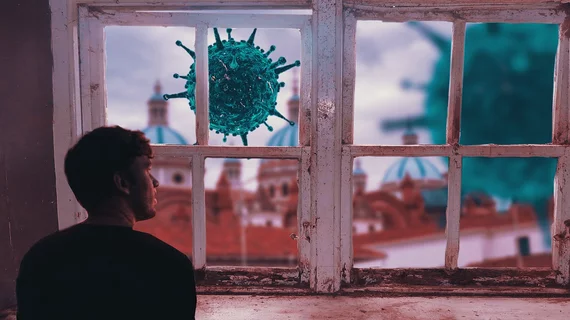Nearly 30% of interventional radiologists experienced significant stress amid pandemic, new survey finds
Nearly 30% of interventional radiologists have experienced significant stress during the pandemic, according to new survey data.
Of those, 25% labeled the level of such personal pressure as “quite a bit” while 23% said it was “somewhat,” experts wrote in CardioVascular and Interventional Radiology. Another 34% of IR specialists said they’ve felt extreme concern about the health of their patients, with even higher numbers for the general public (40%) and their own families (43%).
“These results could be indicative of increased vulnerability to burnout and anxiety in IRs and other staff as seen in medical personnel of various disciplines,” corresponding author Bleranda Zeka, with the Cardiovascular and Interventional Radiological Society of Europe, and colleagues wrote March 11. “Some IRs have voiced concerns about the effect of the reintroduction of pre-COVID routines and the associated workload resulting from the accumulated postponed procedures.”
Zeka et al. conducted their survey between December 2020 and March 2021, targeting members of their Austria-based medical society. They received a total of 327 responses, including 278 (or 85%) that filled out the entire 78-question survey. Most interventional radiologists said their workload decreased during the pandemic, including 18% who said it went down “a lot” and 36% who characterized the drop as mild. Another 29% said their duties remained stable throughout.
Hepatobiliary, endourology and interventional oncology procedures were least impacted during the pandemic, with 40% or more reporting they continued to offer such services. Peripheral and aortic work, along elective embolization procedures, were most affected, as about 20% or so of interventional rads said they continued offering them. Amid these changes, about 30% of physicians said they felt fearful or anxious during the pandemic. Nearly half (48%) said cases or referrals were still reduced following initial COVID surges, with many or most meetings still being held virtually (48%).
“Overall, IRs reported to be better prepared for future waves or epidemics,” the authors noted. “As the pandemic has lasted longer than estimated and is still ongoing, it will be interesting to see how working patterns, workload and mental health will be affected until the end of the pandemic.”

